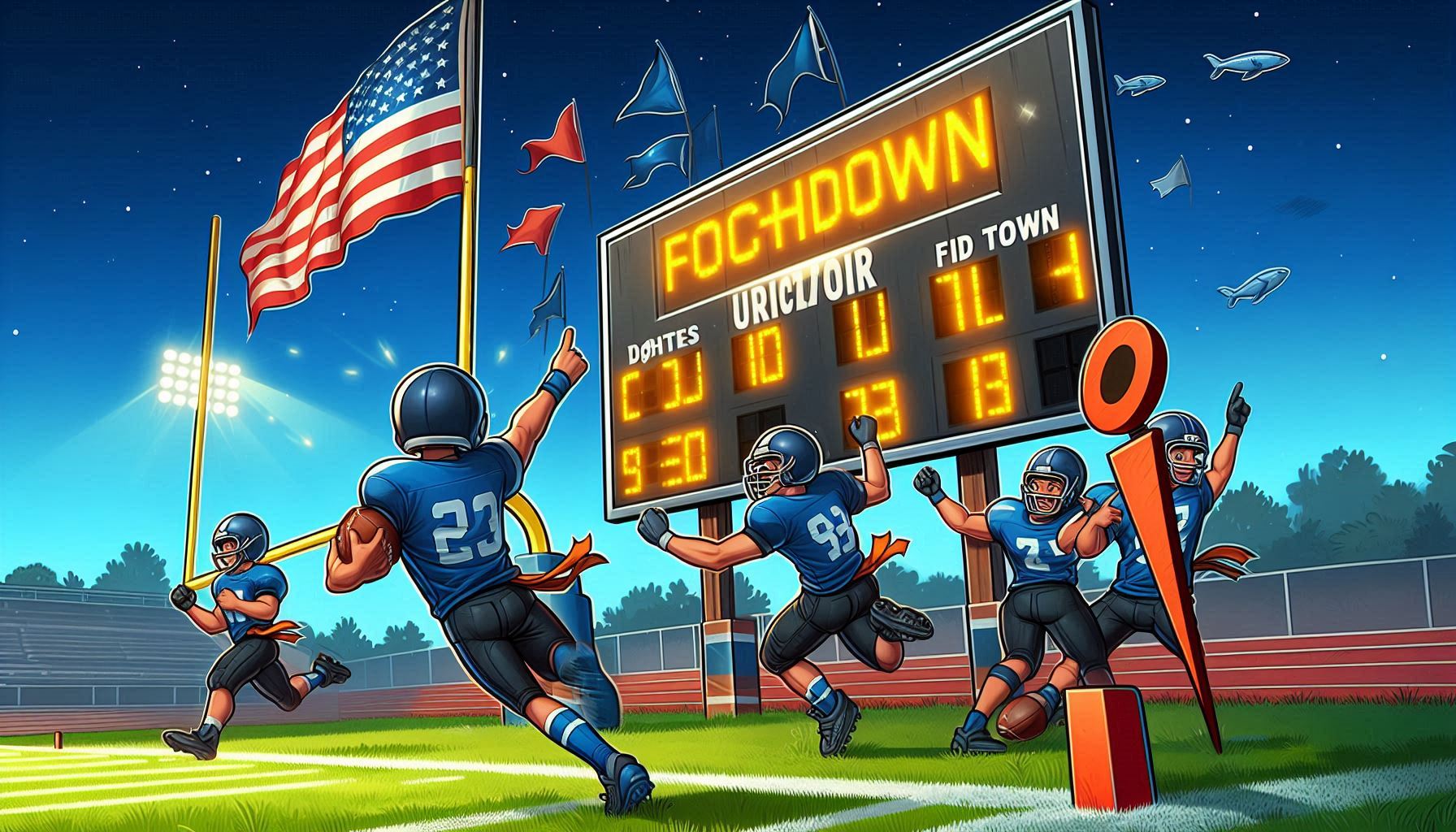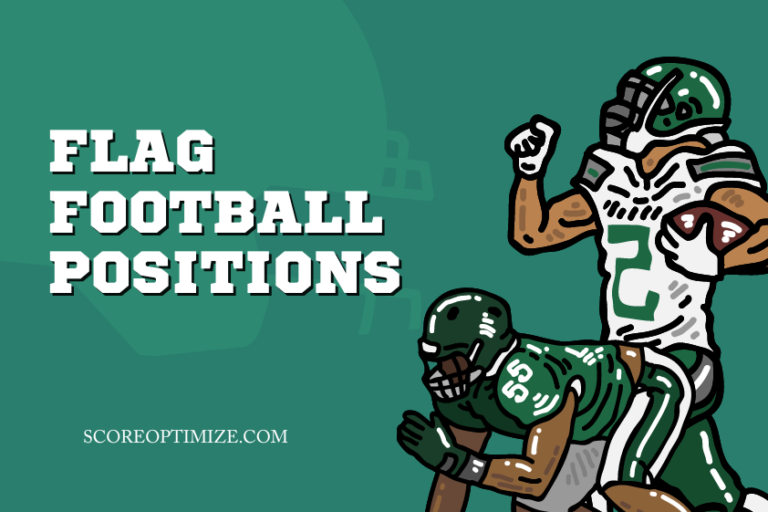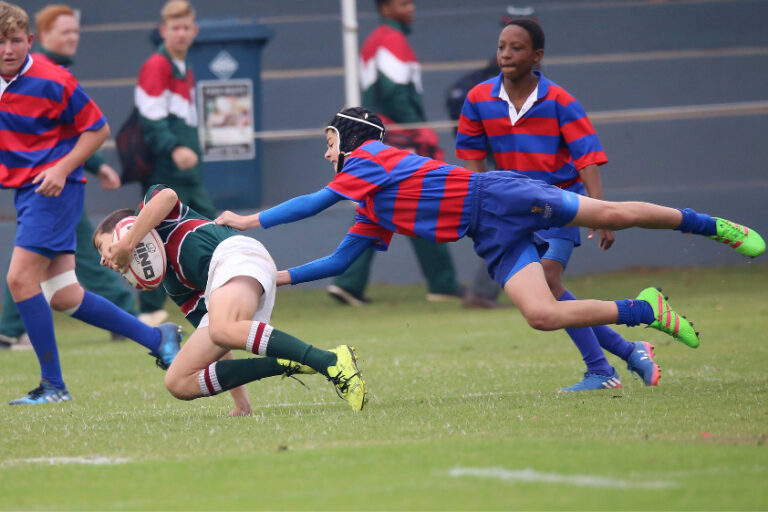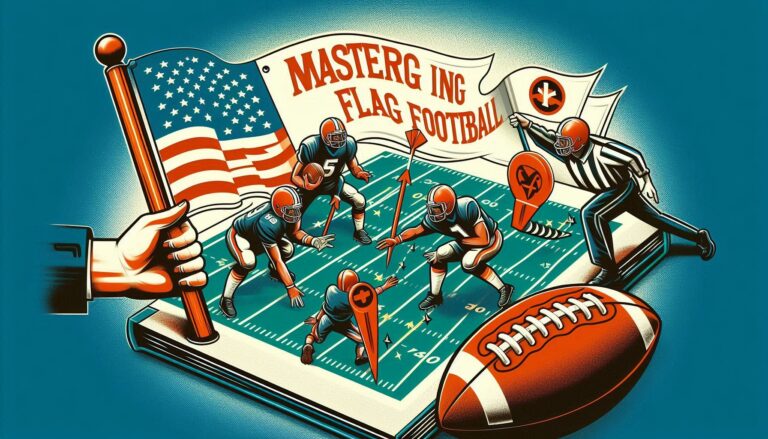Flag football is a rapidly growing sport that combines the excitement of traditional football with a non-contact approach, making it accessible to players of all ages and skill levels. In this guide, we will explore the key aspects of flag football, including how points are scored, the basic rules that govern the game, and how the field is set up. Whether you’re new to the sport or looking to refine your knowledge, this guide provides a complete overview of flag football.
Understanding Points in Flag Football
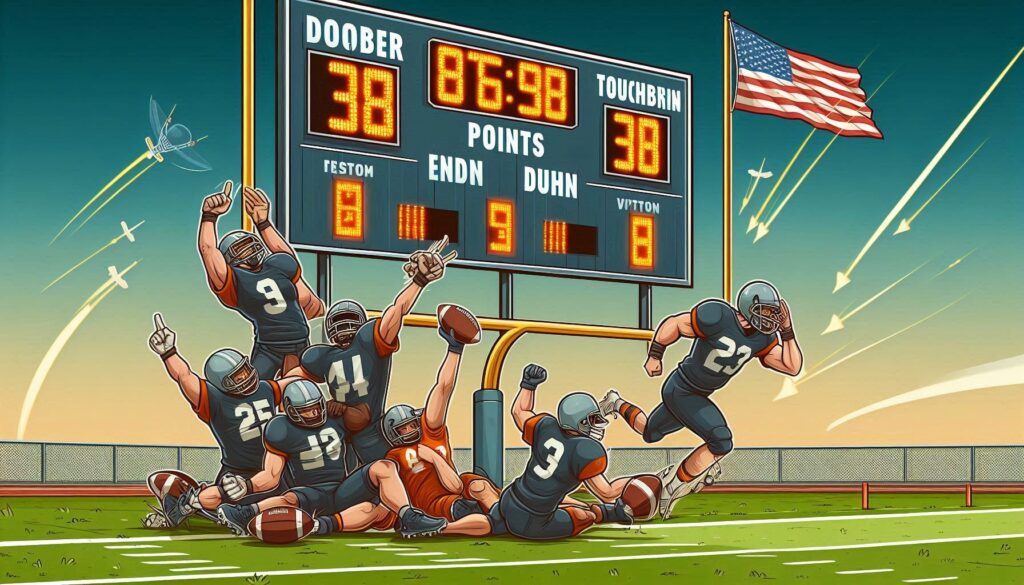
How Many Points is a Touchdown Worth in Flag Football?
A touchdown in flag football is the most significant scoring play, typically worth six points, just like in traditional tackle football. Scoring a touchdown involves advancing the ball into the opponent’s end zone, either by running or passing. This fundamental aspect of the game emphasizes strategic offensive plays designed to outmaneuver the defense and reach the end zone.
After a touchdown, teams often have the opportunity to score additional points through a conversion attempt. Depending on the rules of the specific league or game format, these conversion attempts can be worth one or two points. A one-point conversion usually involves a play from a shorter distance, while a two-point conversion is attempted from a greater distance, adding a layer of strategy to the decision-making process.
Additional Scoring Rules in Flag Football
In addition to touchdowns, there are other ways to score points in flag football. For instance, a safety occurs when the defense pulls the flag of an offensive player in their own end zone, resulting in two points for the defensive team. Safeties are relatively rare but can be a game-changing event, especially in close contests.
Moreover, some leagues may include field goals or point-after attempts as additional scoring methods, though these are less common in flag football compared to traditional football. Understanding these various scoring opportunities is crucial for teams looking to maximize their point total and secure victory on the field.
Basic Rules of Flag Football
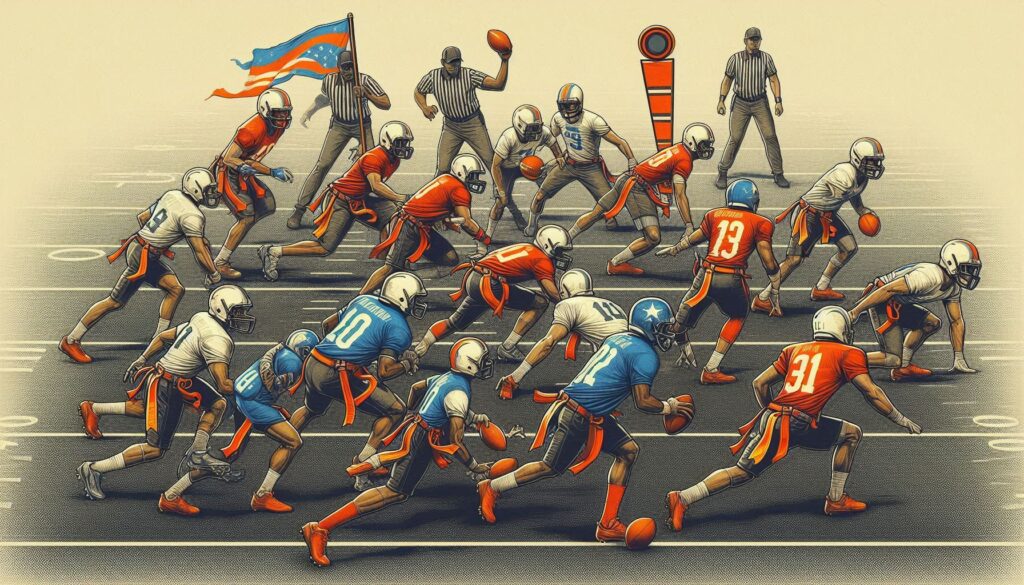
Overview of Basic Flag Football Rules
Flag football maintains many of the core rules of traditional football while introducing key differences that reduce physical contact and increase player safety. The primary objective is to advance the ball down the field and score by reaching the end zone. Instead of tackling, defensive players must pull the flag from the ball carrier’s belt to stop the play.
Games are typically played with five to eight players on each team, depending on the league or format. Each team has a set number of downs (usually four) to advance the ball at least ten yards. If the offense fails to make this progress, possession of the ball is turned over to the opposing team. This rule structure emphasizes strategic play-calling and effective execution to maintain offensive momentum.
Key Concepts and Regulations in Flag Football
In addition to the basic rules, several key regulations help define the game of flag football. For example, blocking is generally allowed, but only in a limited, non-physical manner to prevent injury. Physical contact, such as pushing or shoving, is strictly prohibited and can result in penalties that affect the flow of the game.
The quarterback, who leads the offensive plays, is often subject to special rules designed to protect them from unnecessary contact. For example, rushing the quarterback might be limited until a certain count or after the quarterback has left the pocket. These regulations ensure that the game remains fair and enjoyable for all participants, regardless of their position on the field.
Flag Football Field Setup

Flag Football Field Diagram and Layout
The field setup for flag football is similar to that of traditional football but typically on a smaller scale. A standard flag football field is rectangular, measuring about 70 yards in length and 30 yards in width, though dimensions can vary based on league or playing conditions. The field is divided into two end zones, usually 10 yards deep, and a midsection where most of the gameplay occurs.
Key markings on the field include the line of scrimmage, which indicates where each play begins, and the end zone lines, which determine scoring areas. Some fields may also feature hash marks or other indicators to assist with positioning and play-calling. Understanding the field layout is crucial for both offensive and defensive teams as they plan their strategies.
Understanding the Field Setup for Flag Football
In flag football, the field setup plays a significant role in how the game is played. The smaller field size emphasizes quick decision-making and speed, with less emphasis on long, deep passes. This setup encourages short, precise plays designed to exploit gaps in the defense and create scoring opportunities.
The end zones, where touchdowns are scored, are critical areas of focus for both teams. Offensive strategies often revolve around effectively navigating the field to enter these zones, while defensive strategies aim to prevent the opposing team from reaching them. Familiarity with the field’s dimensions and markings is essential for executing plays and maintaining a competitive edge.
Explanation of Flag Football
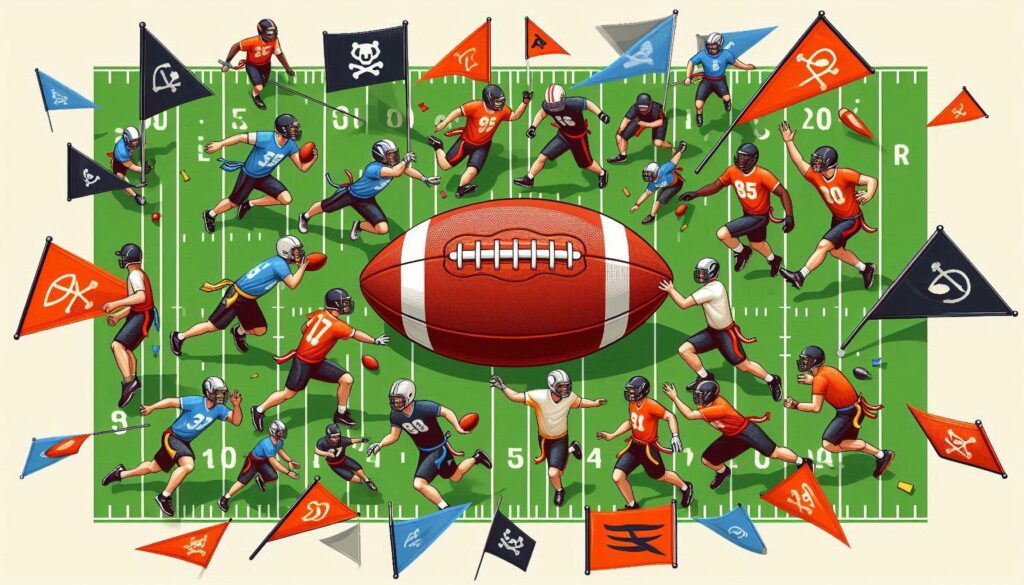
What is Flag Football?
Flag football is a non-contact variant of American football, where the primary objective is to score points by advancing the ball into the opponent’s end zone. The game is played with a flag attached to each player’s belt, and instead of tackling, defenders must remove the flag from the ball carrier to stop the play. This format allows for a safer, yet equally competitive, version of football suitable for a wide range of players.
The sport is popular among youth leagues, recreational players, and even in competitive adult leagues due to its emphasis on skill, speed, and strategy over brute force. It also serves as an excellent introduction to the fundamentals of football, making it ideal for players who are new to the game or looking to refine their abilities in a less physically demanding environment.
How Flag Football Differs from Other Football Formats
While flag football shares many similarities with traditional tackle football, there are several key differences. The most obvious is the lack of physical tackling, which significantly reduces the risk of injury and makes the game more accessible to a broader audience. Additionally, the field size is generally smaller, and the number of players on each team is reduced, resulting in a faster-paced game with more frequent changes in possession.
Another significant difference lies in the strategic elements of the game. With no tackling, teams must rely on precise passing, quick footwork, and well-executed plays to advance the ball. Defensively, players need to be adept at flag-pulling and maintaining proper positioning to prevent the offense from gaining ground. These differences make flag football a unique and exciting variation of the traditional game, offering a fresh challenge for players and spectators alike.

